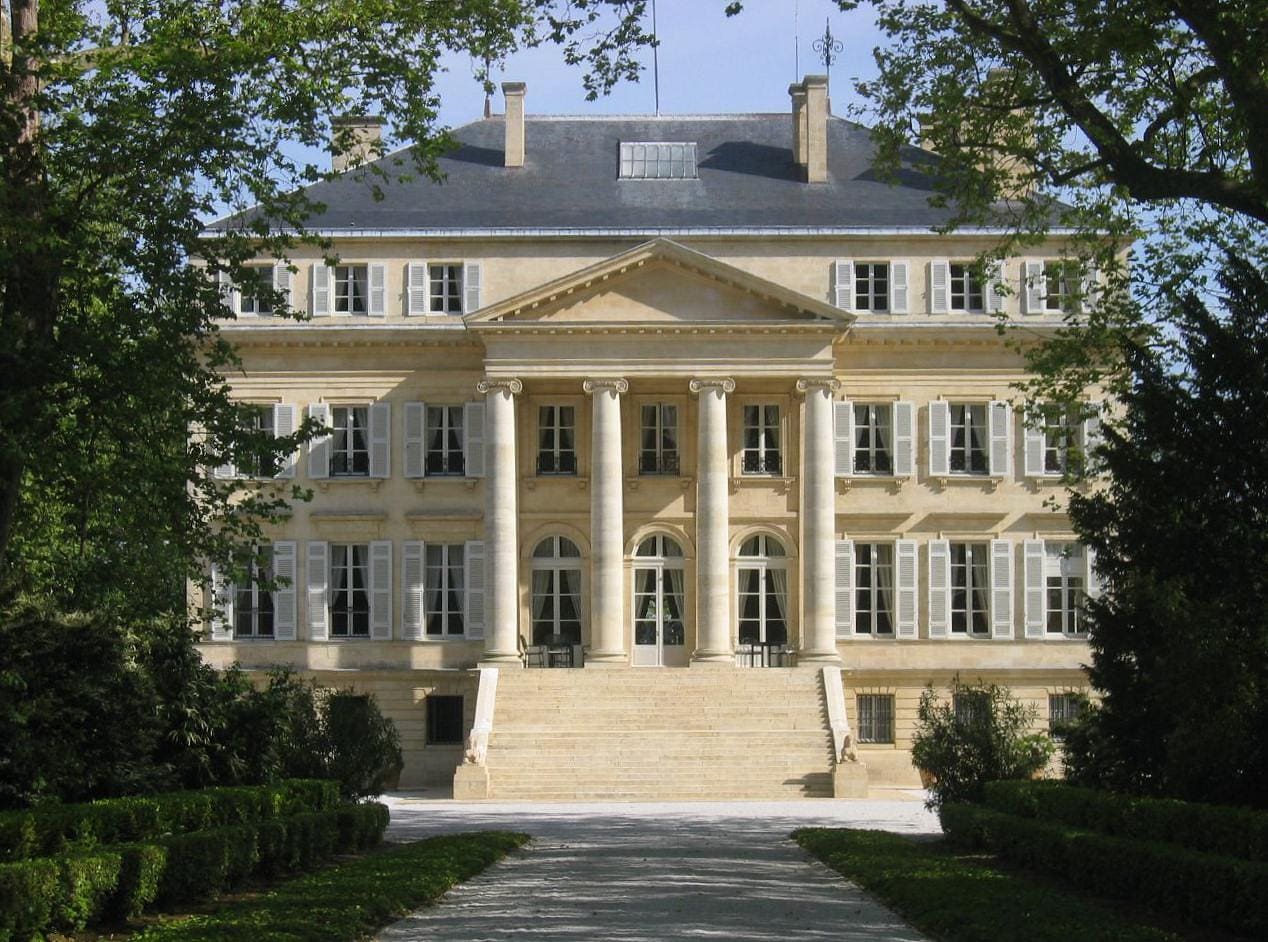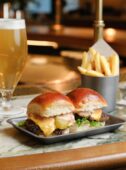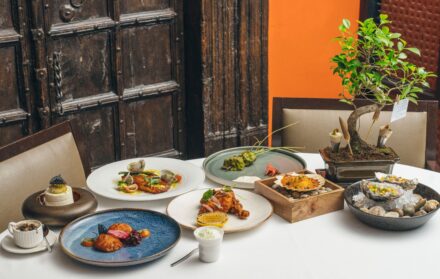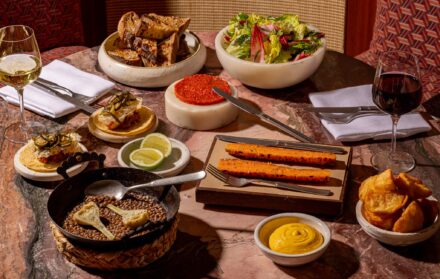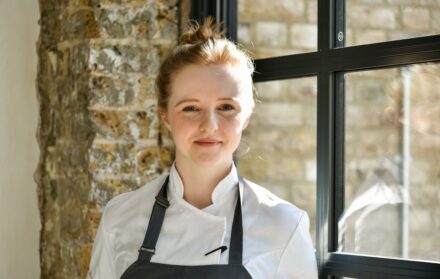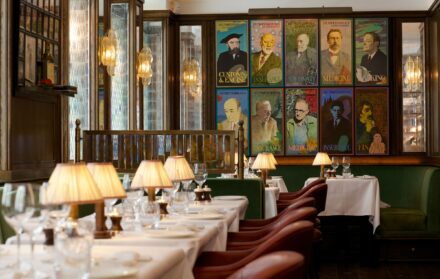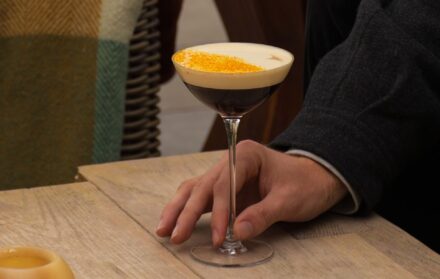
All you need to know about Bordeaux – the fine wine capital of the world
Popularised by kings, coveted by collectors, Bordeaux’s ancient clarets have made modern-day tourist attractions of the châteaux that produce them
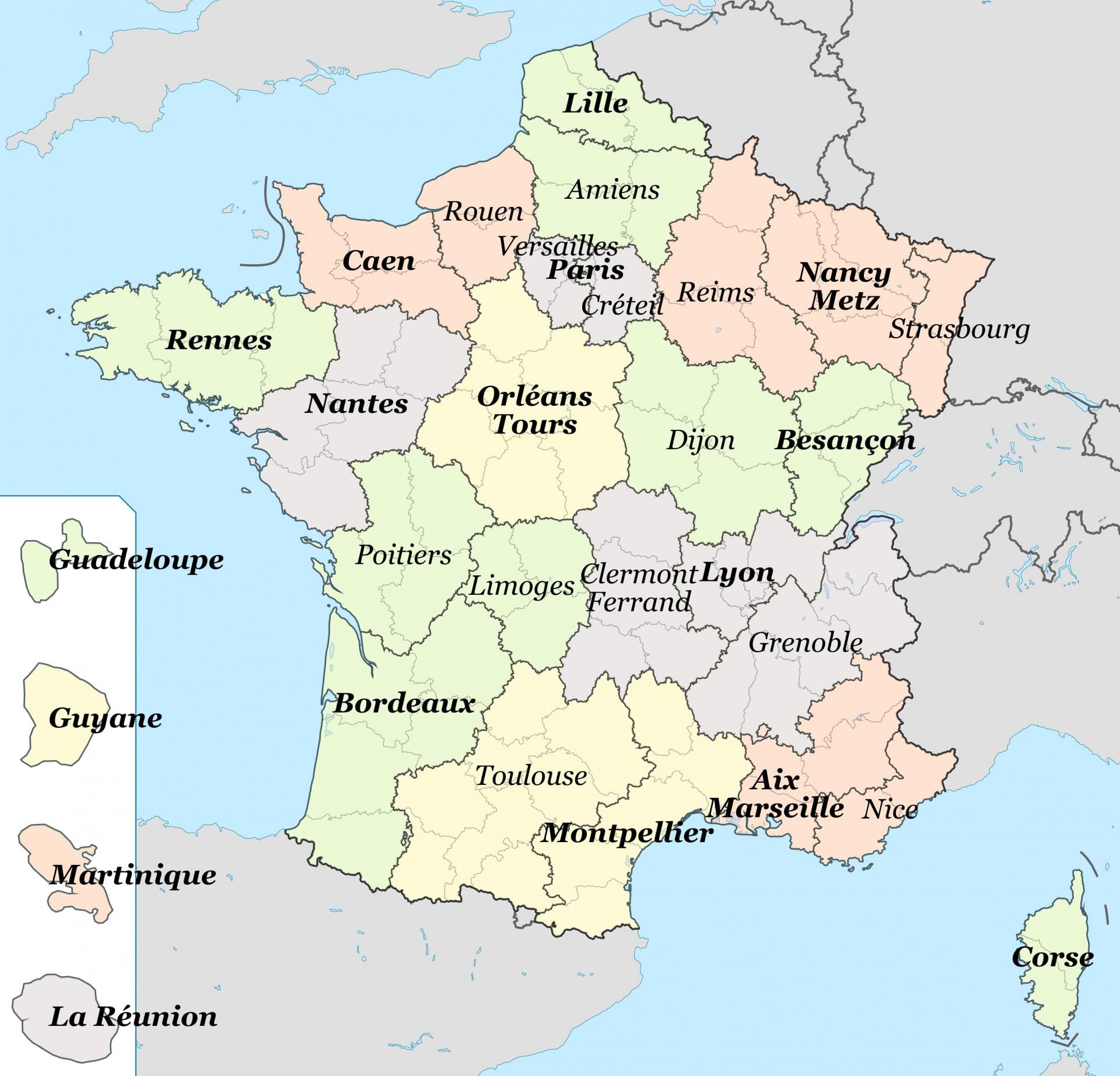
Geography
Bordeaux is often defined by the rivers that intersect the region, with the ‘left bank’ falling on the Atlantic side of the Gironde and Garonne, and the ‘right bank’ to the right and north of the Dordogne. In general, the left bank is dominated by cabernet sauvignon and the right bank is known for merlot. With 57 appellations (legally defined grape-growing regions), Bordeaux is the largest wine-producing territory in France.
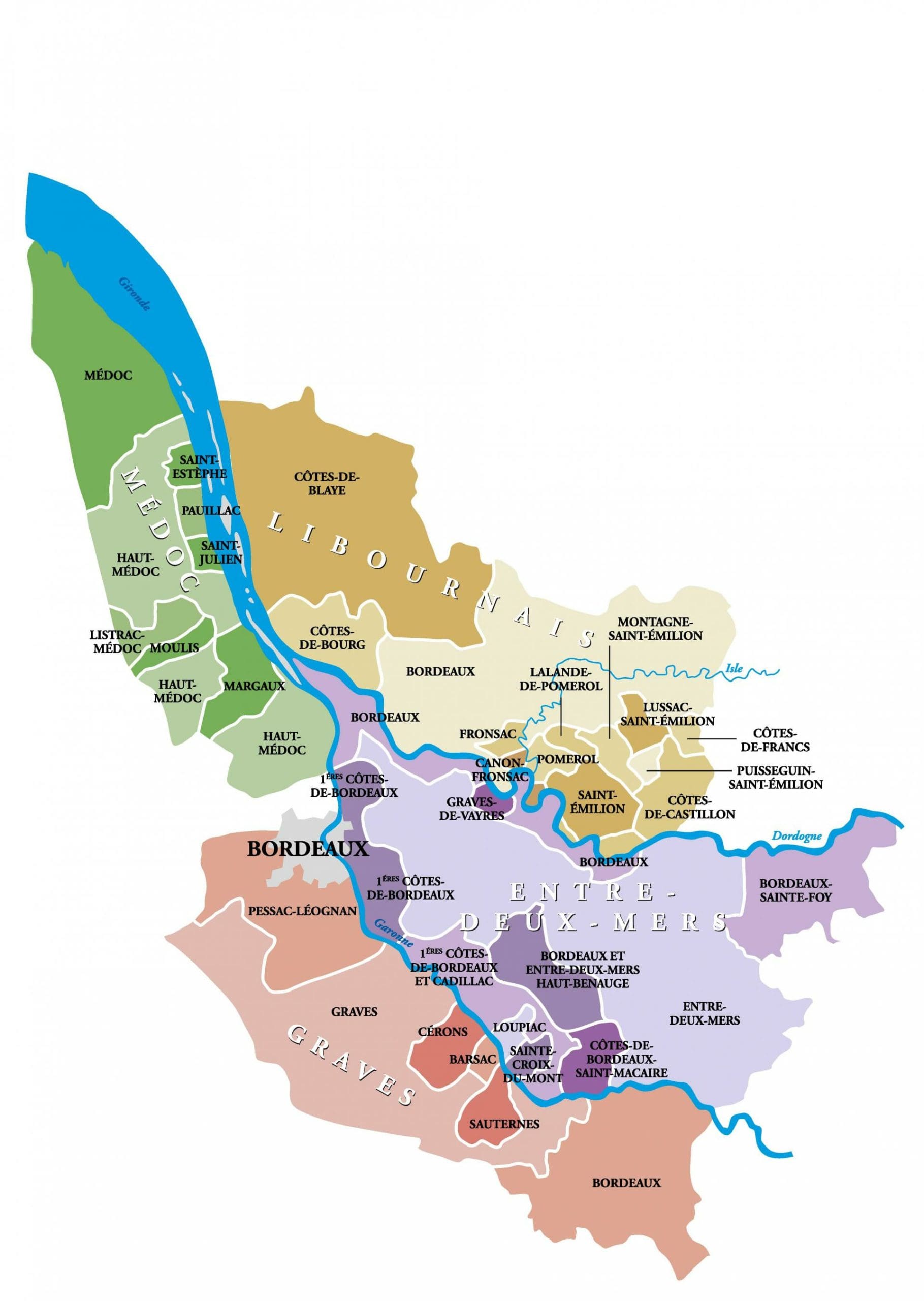
The Wines
More than 90 per cent of the wines produced in Bordeaux are reds, blended from cabernet sauvignon, cabernet franc, merlot, petit verdot, malbec and, although rarely, carménère. To combat rising temperatures, however, as of July 2019 Bordeaux’s regulatory body has approved four other dark grape varieties: marselan, touriga nacional, castets, and arinarnoa. First-growth wines (as defined right) are typically blends of 70 per cent cabernet sauvignon, 15 per cent cabernet franc and 15 per cent merlot. White Bordeaux is predominantly made from sémillon, sauvignon blanc and muscadelle.
Click here for six of the best affordable wines from Bordeaux
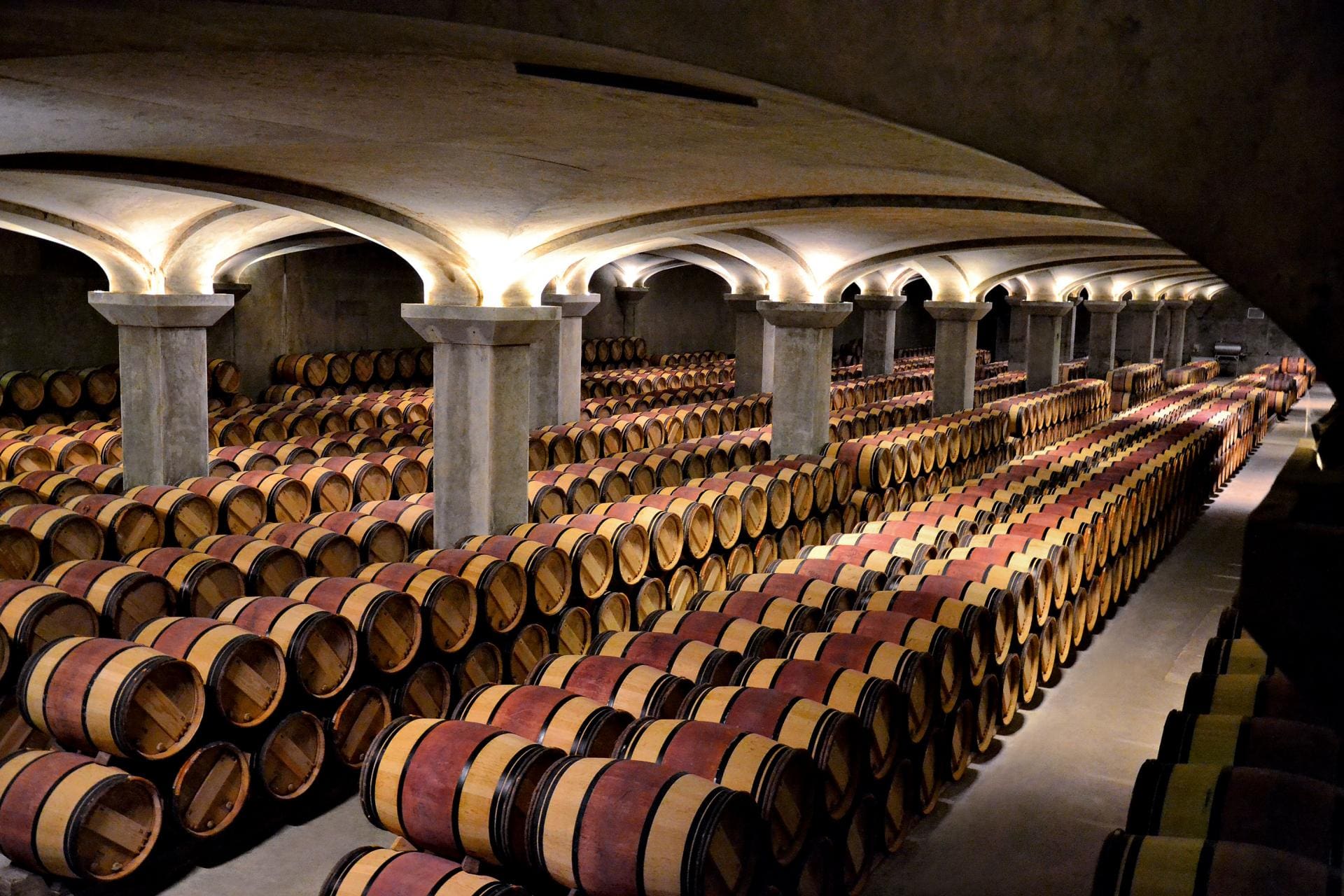
1855 Classification
In 1855, at the Paris World’s Fair, the Association of Bordeaux Wine Merchants drew up an official classification of the best wines of Bordeaux at the request of Emperor Napoleon III. The merchants based their conclusions on the prices achieved on the markets over the previous centuries. The wines were ranked in importance from first to fifth growths, or ‘crus’. All of the red wines that made it onto the list came from the Médoc region except for one: Château Haut-Brion from Graves.
Only twice since the original 1855 classification has there been a change to the grouping: in 1856, Château Cantemerle was added as fifth growth; and, in 1973, Château Mouton Rothschild was promoted from second growth to first.
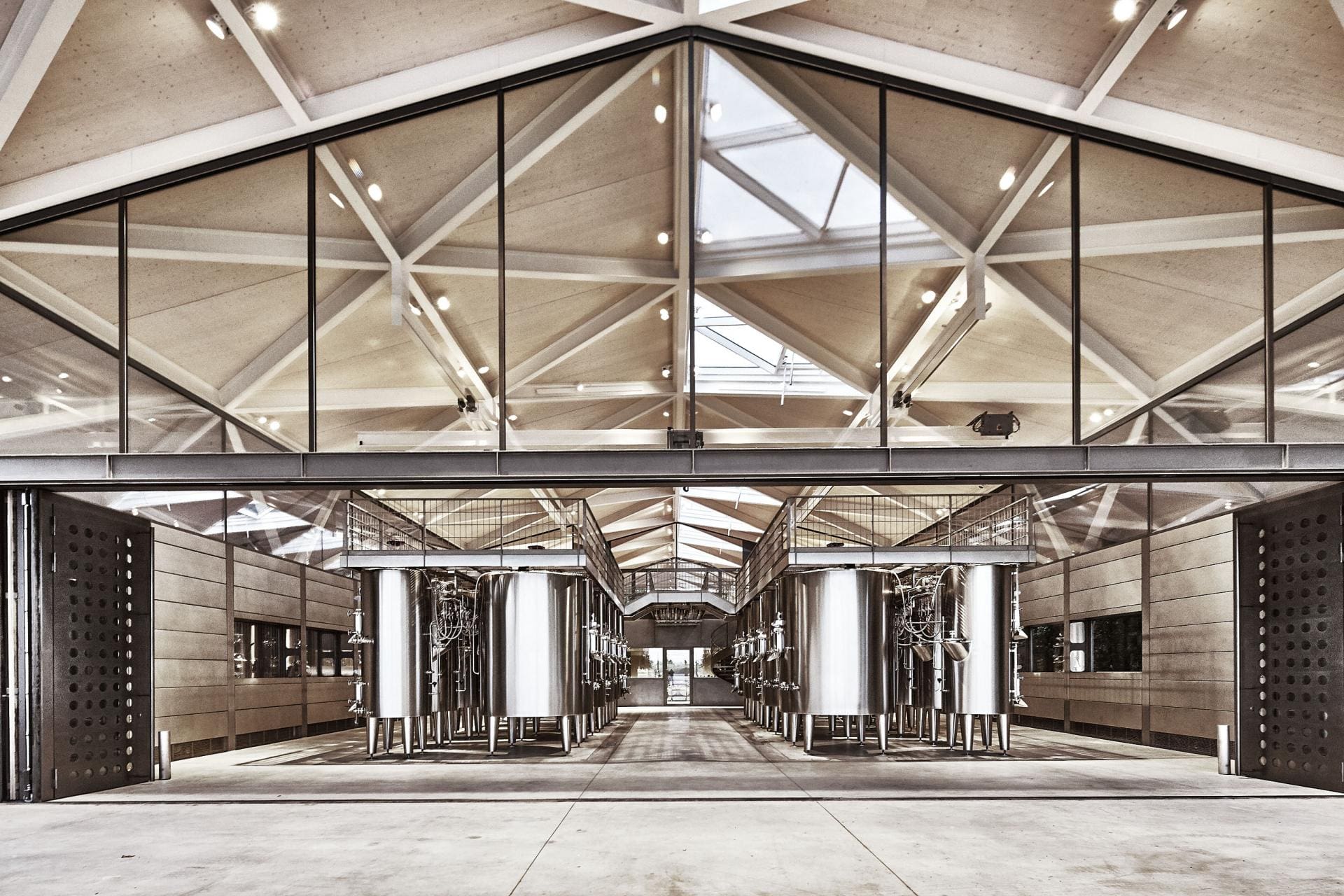
Anglo-oenophiles
The popularity of bordeaux wine in England increased dramatically in the 12th century following the marriage of King Henry II (the Duke of Normandy, also known as Henry Plantagenet) to Eleanor of Aquitaine in 1152. The marriage made the province of Aquitaine part of the Angevin Empire, which covered roughly half of France and all of England, and made ‘clairet’ – a type of dark rosé – the most common bordeaux exported to Britain. Due to its widespread consumption between the 12th and 15th century – when the Aquitaine region returned to the French following the battle of Castillon in 1453 – the word was anglicised to claret and is still used today as a reference to fine red wine.
